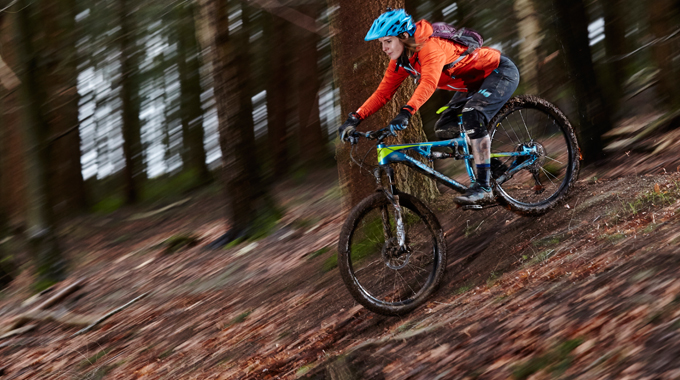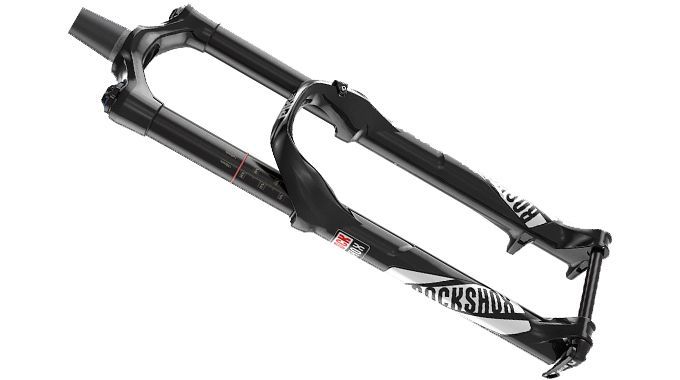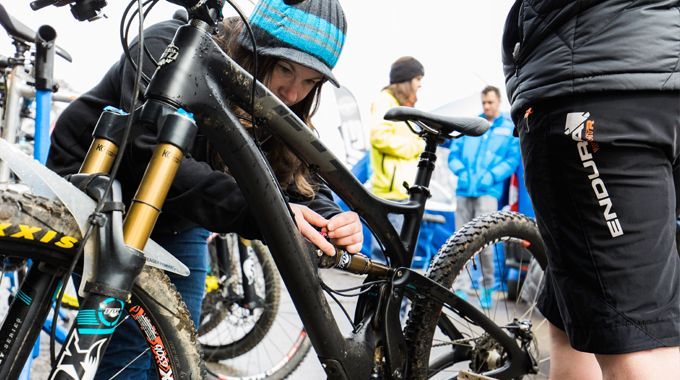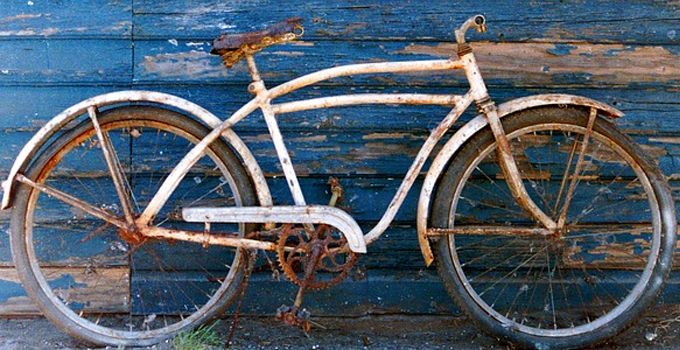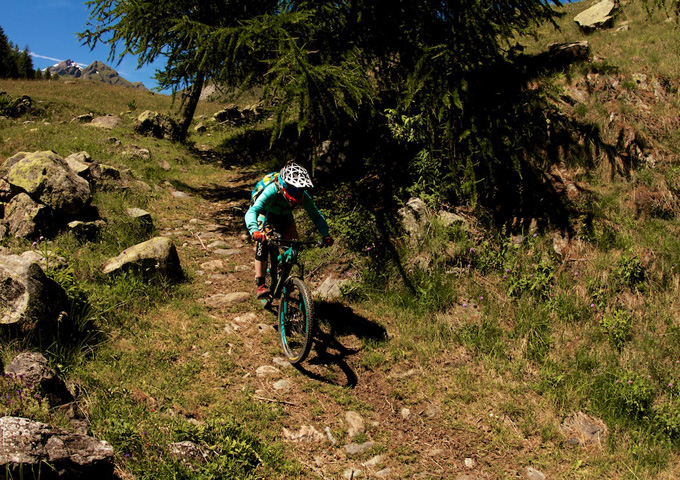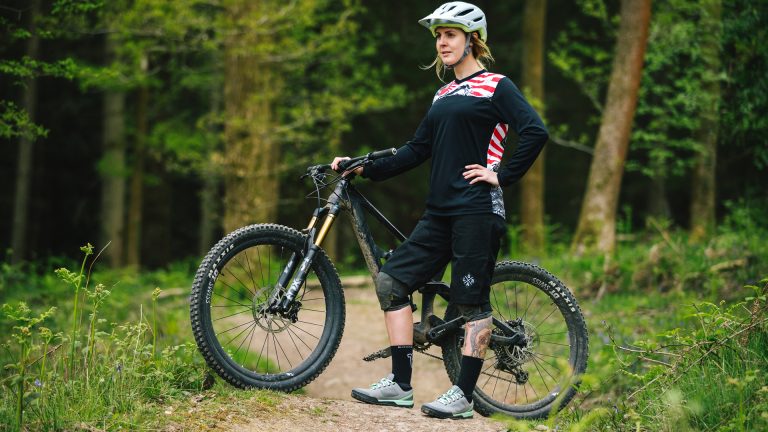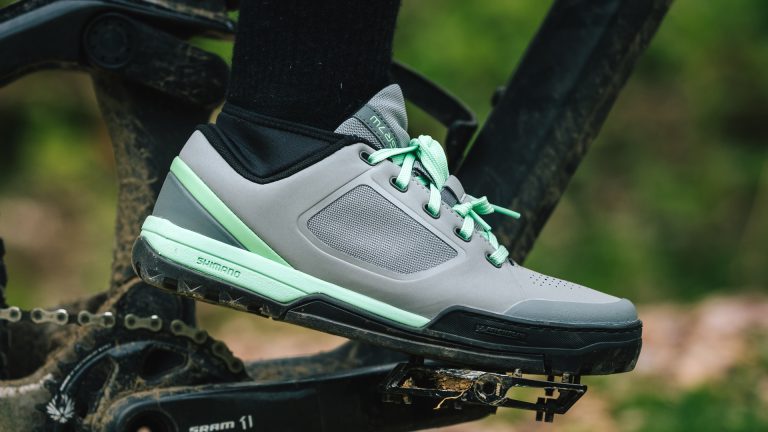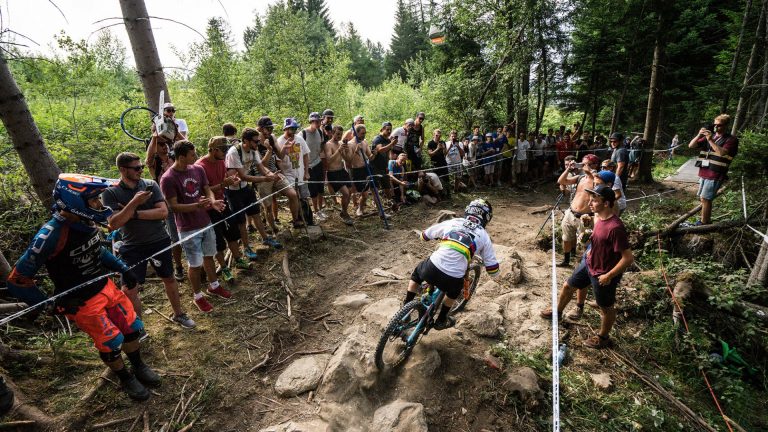One of the main differences between road and off-road cycling is having bike suspension.
Mountain biking is fast, dirty and seriously fun. There’s nothing quite like ripping down a forest trail, over roots and rocks, hanging on for dear life as your bike flies you to the bottom of a run.

Other than your guts for glory, one of the main reasons why you can get away with this fast and loose style of riding is down to your bike. More specifically, the genius engineering behind suspension.
Suspension settings are down to each individual rider, but they require checking from time-to-time to ensure optimum performance.
What is MTB Suspension?
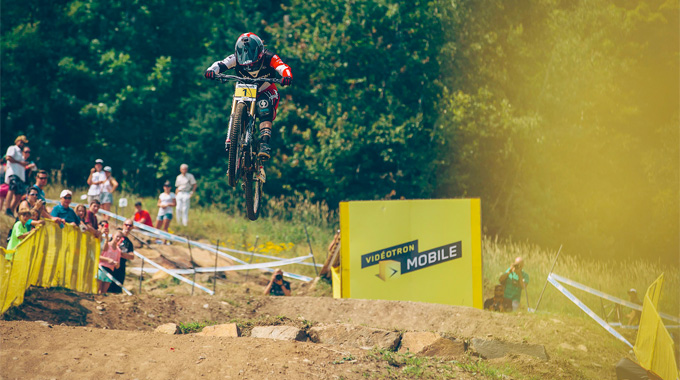
Suspension is a mountain biker’s comfort. It’s the spring in our pedal. It dampens the harsh thuds, bumps and knocks you encounter on a trail ride. Having suspension helps to anchor us by providing enough stability to not get bounced and bucked around like if you were on a mechanical bull.
A majority of mountain bikes will have front suspension, called forks. These absorb shock on the front end to take away some of the impact your body will suffer when you hit a feature. The amount of shock absorption you have in your forks is called the “travel”, which is measured in millimetres. The more travel you have, the more impact your bike can take.
More aggressive and all mountain riders will opt for a full suspension bike which will have front forks, as well as a rear shock. The rear shock can also absorb a lot of impact, and adds greater flexibility to the bike.
Equipped with a tape measure, shock pump and a helping hand, it’s very simple to set up your MTB suspension. Although you do you need to re-visit, and re-calibrate your settings every so often.
How To: Set up your MTB Suspension
Here are some of the key reasons you might need to make adjustments…

